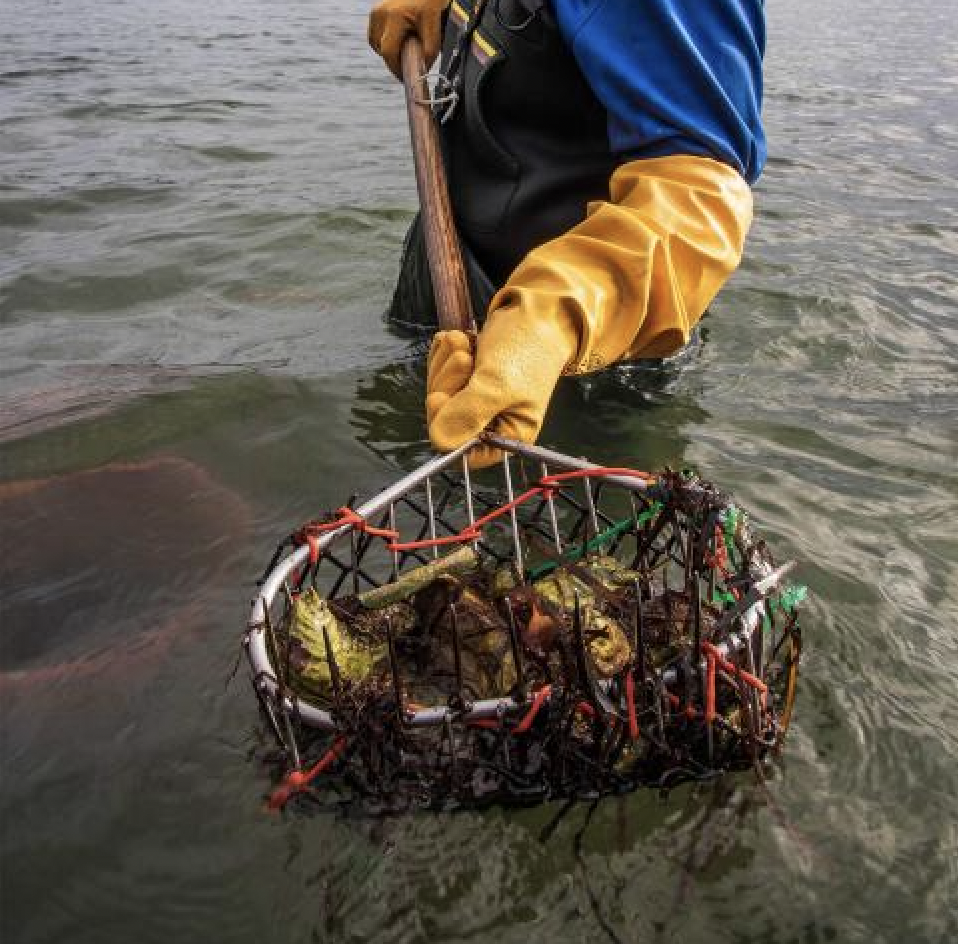Using Whole Genome Sequencing to Study the Invasive Pathogen Vibrio parahaemolyticus
Project Partner: University of New Hampshire and New Hampshire Sea Grant
Project Summary: Using Whole Genome Sequencing to study the invasive pathogen Vibrio parahaemolyticus
The bacteria Vibrio parahaemolyticus (Vp) is found in coastal and estuary environments and can be either free-living in the water or as part of the oyster microbiome. Some strains of Vp are pathogenic, causing disease in humans, and pathogenic Vp strains have varying degrees of virulence. One of the more virulent strains – ST36 – became established in the Western Atlantic in 2012. Since then, there have been many policies implemented to try to limit the spread of this dangerous variant. These policies, though necessary from a public health perspective, limit growers’ capacity to keep up with a growing market and need to diversify their product. The combined importance of the growing demand for oyster and the increasing risks of Vp disease lead the University of New Hampshire to partner with New Hampshire Sea Grant to understand Vp virulence and dispersion dynamics and to assure that bacteria detection and strain identification techniques are accurate and effective. During her internship, Maria developed a bioinformatic pipeline to use Whole Genome Sequencing data to analyze different Vp isolation and culturing techniques and to track Vp populations across the Great Bay Estuary in New Hampshire. The protocol that she designed will be implemented in many projects that will better inform Vp dispersal and risk mitigation strategies across New England to protect oyster growers and consumers.
Watch Maria’s URBAN Internship lightning talk here.

